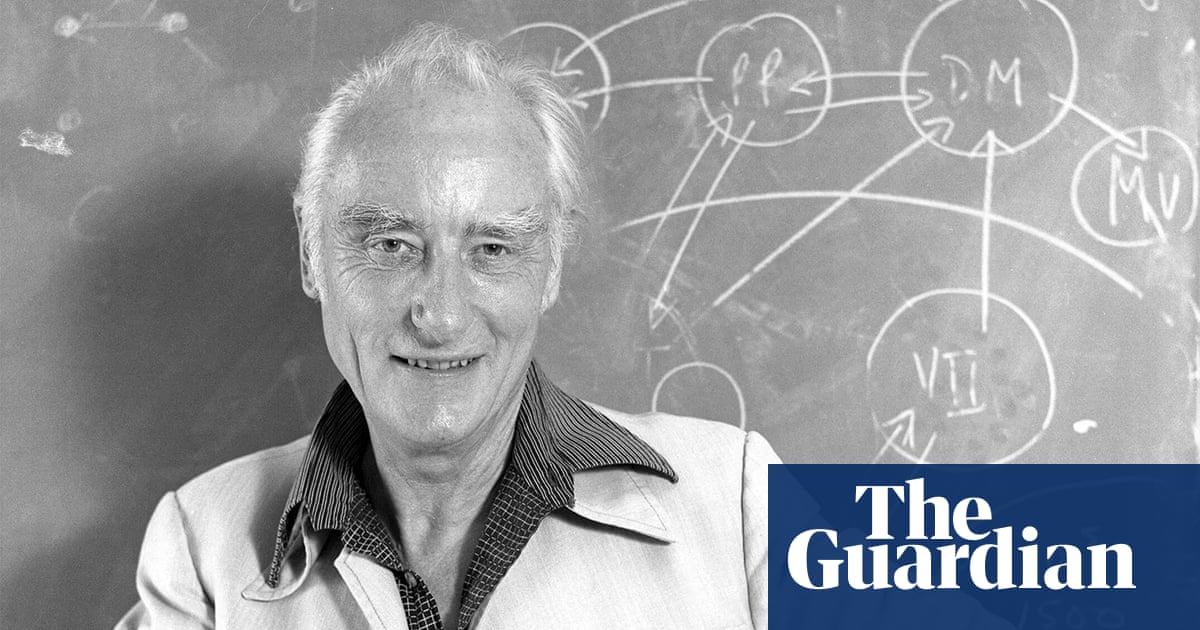
"Most people could tell you that Francis Crick, together with James Watson, discovered the double helix structure of DNA, and shaped our understanding of how genes work. Fewer know that Crick also played a key role in modern neuroscience and inspired our continuing efforts to understand the biological basis of consciousness. Crick once said the two questions that interested him most were the borderline between the living and the non-living,"
"He began life as an averagely bright student, born in 1916 to a provincial middle-class family: his father ran a shoe company. After boarding at Mill Hill School in north London, he failed to get an Oxbridge scholarship (possibly because he was hopeless at Latin), and studied physics and mathematics at University College London, graduating with a 2.1. He began a PhD there, but it was disrupted by the second world war,"
Francis Crick co-discovered the DNA double helix and reshaped genetics while also helping to found modern neuroscience and scientific study of consciousness. He was driven by questions about the boundary between living and non-living systems and the workings of the brain, which he believed could be answered scientifically. Born in 1916 to a provincial middle-class family, he studied physics and mathematics, then shifted to biology after World War II. War work interrupted his PhD; after the war he studied cytoplasm and joined Cambridge's Cavendish Laboratory to pursue molecular biology.
Read at www.theguardian.com
Unable to calculate read time
Collection
[
|
...
]